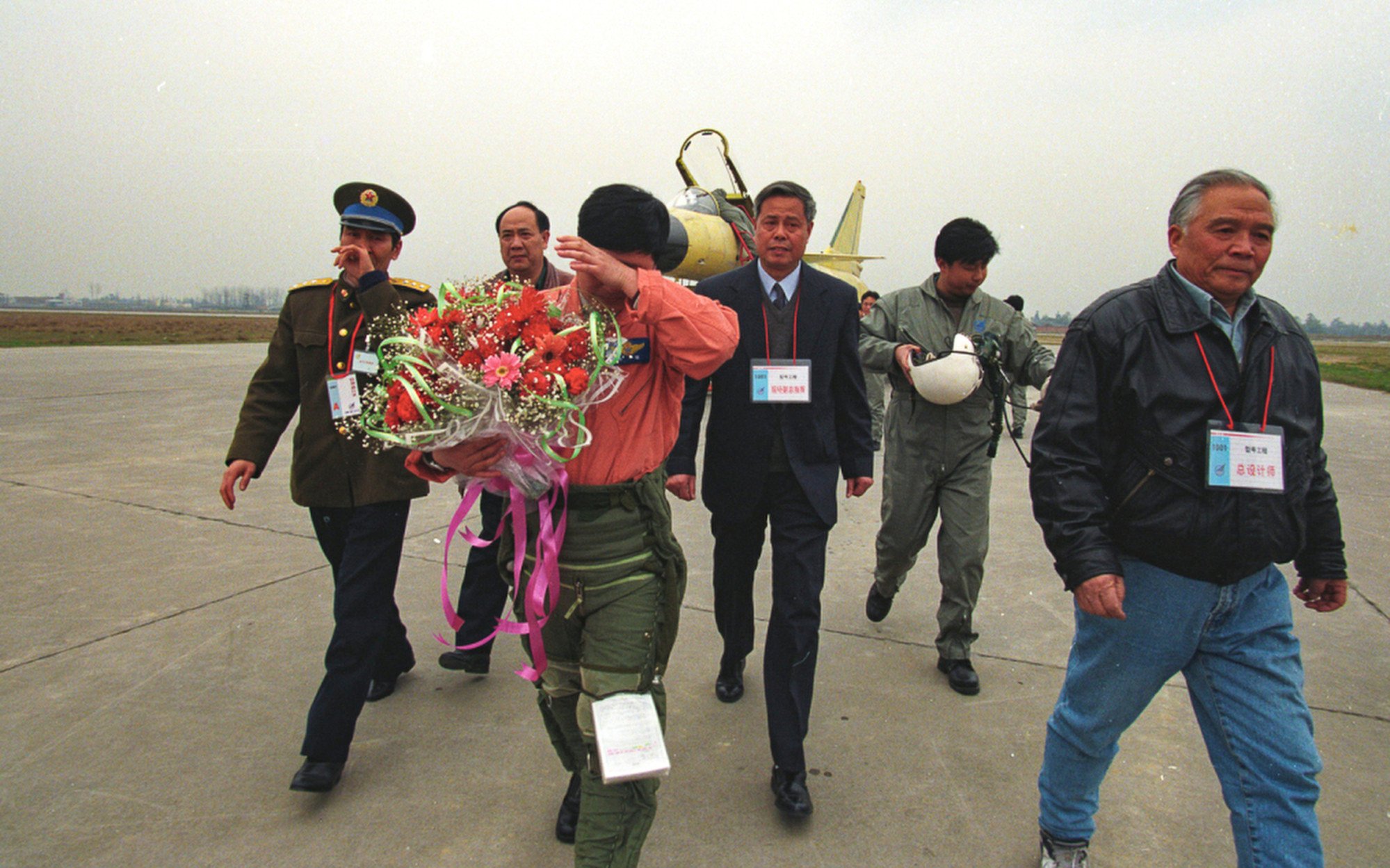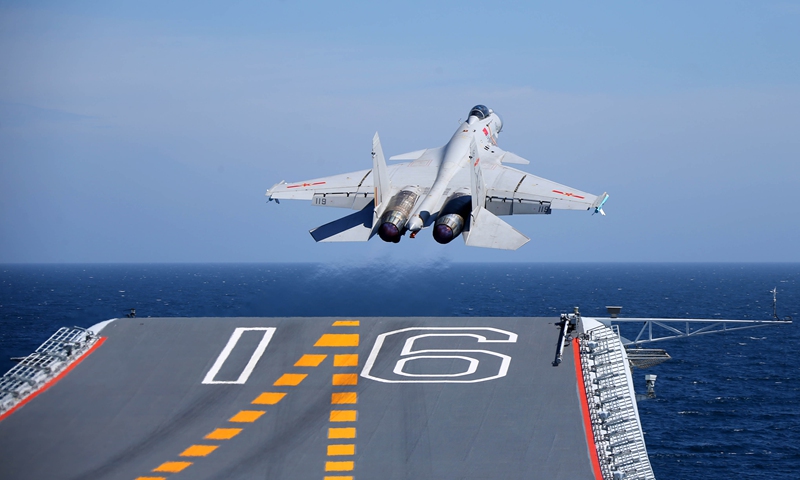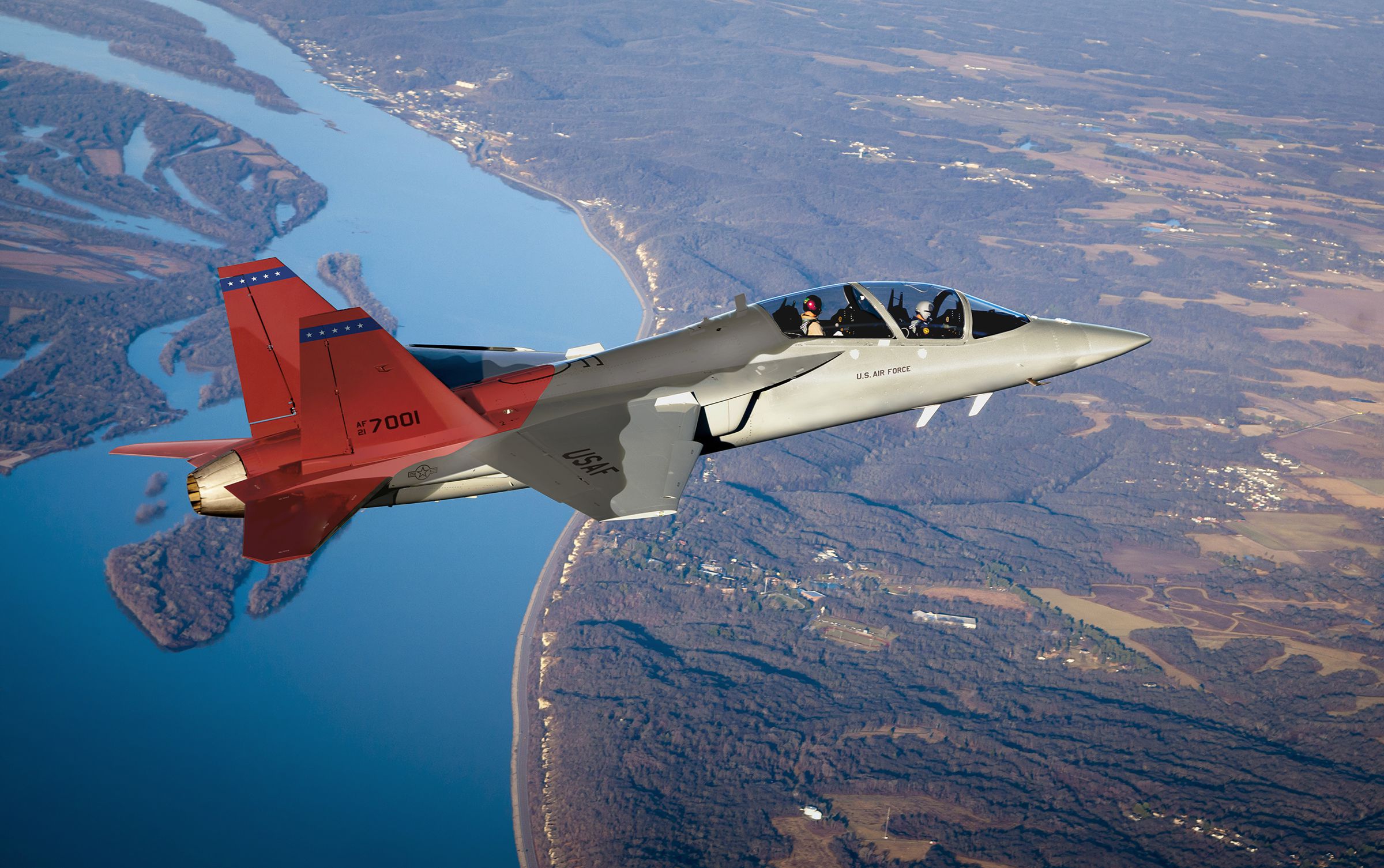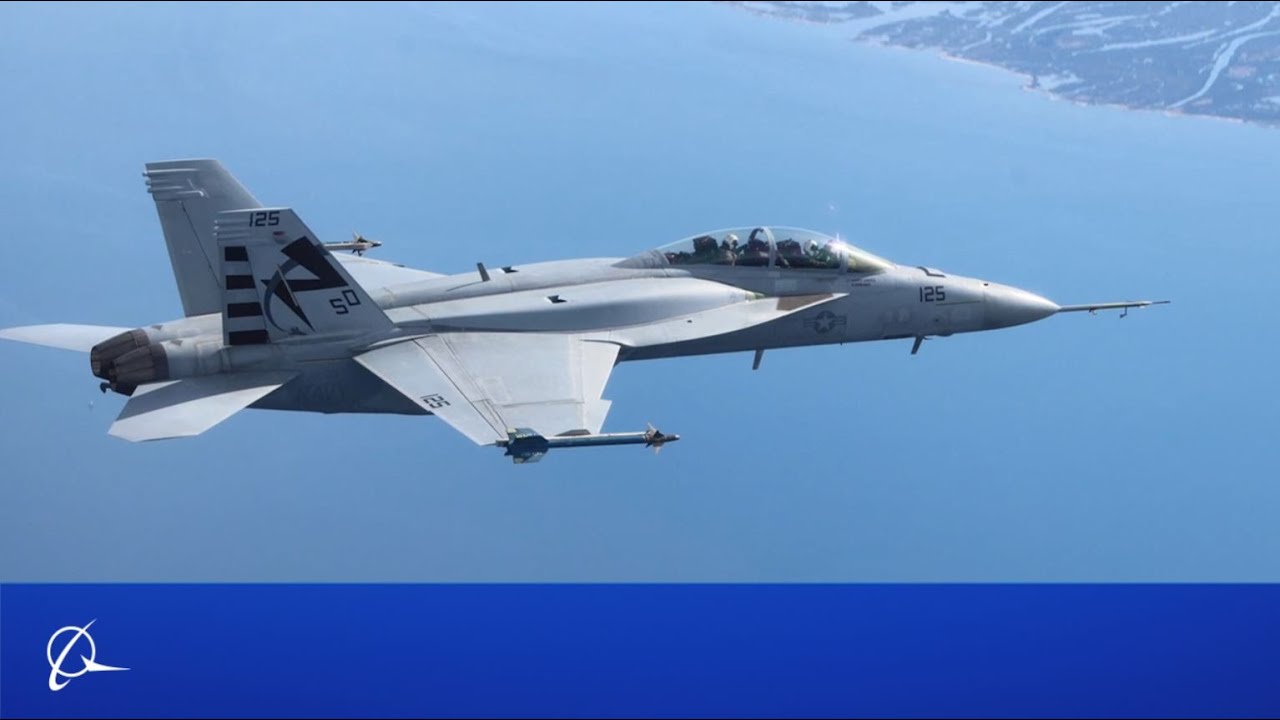China’s ambitions to develop cutting-edge aircraft achieved a significant turning point when the J-10, a homegrown fourth-generation jet fighter, was introduced in 1998 by the state-owned Chengdu Aircraft Industry Group.
Black Sea To Turn Red? Russian Navy Wants Upgrades & Up Gunning Of Black Sea Fleet To Tackle Ukraine’s Killer USVs
According to a Chinese media report, the J-10 project was greatly aided by a five-person team of Chinese test pilots trained to fly US warplanes aircraft in the UK. This also paved the way for creating the technologically sophisticated J-20 fifth-generation aircraft.
The SCMP report claimed that Lei Qiang, the son of a Korean war pilot and a member of the five-person team, was chosen to fly the first flight of the J-10 on March 23, 1998.
Just six months before that, the report said that Lei and his four companions had learned to operate the American aircraft from an international test pilot academy established by a former flight instructor at the UK’s Aeroplane and Armament Experimental Establishment.

The report highlighted that Yang Wei, who oversaw design work on the J-20 stealth aircraft, was mentored by Song Wencong, chief designer of the J-10.
Nonetheless, it has been frequently stated that China has had difficulty training its fighter pilots. According to SCMP, the air force lost more than 2,000 pilots in the last six decades, 30 of whom were test pilots.
The Chinese air force’s test pilot school had developed a thorough and organized curriculum based on American publications about the training of test pilots.
Western Pilots Training Chinese Air Force
China reportedly recruited Western-trained fighter pilots to train its People’s Liberation Army (PLA) pilots, providing Beijing’s fast-modernizing air force with in-depth knowledge of Western air warfare tactics.
Several media publications reported that Western pilots had assisted Beijing in advancing its technological know-how and operational strategies. Fat pay cheques were used to entice pilots from the UK, France, and the US to train Chinese pilots.
The recent detention of a retired US Marine Corps pilot in Australia shows how seriously Western nations take such training and how keen they are to protect their military training secrets.
Alman Helvas, a Defense Market & Industry Consultant, told the EurAsian Times that only a small number of nations in the Indo-Pacific region have a lot of pilots with combat experience.
He said that “only Indian and Pakistani pilots have combat experience, while other nations have no such experience yet. That’s why China recruits Western pilots to give their pilots real air warfare experience. While China has adopted more advanced aircraft in recent years, we can’t deny that their pilots have no real combat experience.”
“We don’t know how proficient Chinese pilots are in air combat. That’s why they are actively recruiting Western pilots to have the latest knowledge about current air combat development in the West,” he added.
Similarly, Ben Lewis, a defense Analyst focusing on PLA development and Taiwan security issues, told the EurAsian Times, “China’s recruitment of Western pilots is not surprising given their goals. The PLA hasn’t fought a war since the 1979 Sino-Vietnamese war, and the PLA has undergone massive changes since that time, especially the PLAAF and PLANAF.”
Lewis further said, “the West has continued to engage in conflicts over the last 40 years, providing them with a massive asymmetry in combat experience compared to the PLA.
China is sure that the United States and its allies will intervene in a possible Taiwan confrontation. In that case, their pilots will be expected to hold their own against enemy pilots who have much more experience.”
He emphasized that employing combat pilots from the West with expertise in leading offensive air operations is one way to overcome that disparity. He suggested that having instructors with actual combat experience train pilots offers “invaluable benefits.”
“I also think one could argue that hiring Western pilots allows China to understand how Western air operations function, but I am confident they already have a solid understanding of that. I think that while this development is not necessarily unexpected, it represents a security concern to Western nations that may find themselves involved in a conflict with China,” Lewis added.
Meanwhile, Helvas noted, “we should be aware of Chinese propaganda about their pilot’s proficiency. Look what happen to Russia’s pilot performance in Ukraine. Russian pilots are not proficient. I believe a similar case happened in China.
To some extent, I believe China has exaggerated its pilot proficiency. Unlike Western pilots who have air combat experiences since the civil war in the former Yugoslavia to Iraq and Afghanistan, Chinese pilot has no experience at all in air combat in the last 20 years.”
Need For More Skilled Fighter Pilots
China’s three aircraft carriers, two of which have been commissioned and one launched in June, represent China’s expanding naval might. However, it appears that the country will have difficulty using these carriers as it struggles to keep up with the rising need for skilled ship-based fighter jet pilots.
A Chinese media report, citing an article published in Ordnance Industry Science Technology, a Chinese military magazine, highlighted how the Chinese Navy still doesn’t have a fighter trainer designed for carrier-based operations despite deploying its first aircraft carrier a decade ago.
The report quoted Beijing-based naval expert Li Jie saying that the PLA required at least 200 qualified carrier-based fighter jet pilots to fly 130 ship-borne aircraft after Fujian began sea trials last week. Fujian is China’s third and most advanced aircraft carrier.
While China’s first two carriers had ski-jump designs, the Fujian has advanced electromagnetic catapults. Thus, the Navy must learn a new aircraft launch and recovery system.
“It’s full of challenges,” Jie remarked, “as aircraft design and pilot training are among the world’s most difficult and complicated core technologies – which no one will share with you.”
Dai Mingmeng, one of the first five Chinese pilots to receive ship-borne certification, piloted a J-15 prototype on its debut flight from the deck of the Liaoning on November 3, 2012. At the time, he was 41 years old.

The report said he is now training the new generation and other senior carrier-capable pilots. Since 2020, the Navy has directly enlisted cadets from high school graduates aged 16 to 19.
The current group of new naval aviation pilot cadets had an average age of 20, making them at least ten years younger than their predecessors. Following the creation of the Naval Aeronautical University in Yantai, Shandong province, in 2017, the PLA Navy began training its pilots rather than selecting competent applicants from the Air Force.
The US Navy also employs a similar strategy to recruit its fighter pilots. Nonetheless, the report describes the difficulties Chinese Navy fighter pilots encounter during their training.

Chinese Navy (PLAN) pilots employ a single-engine, twin-seat version of the Chinese-built JL-9G as a carrier trainer. This aircraft was initially unveiled in 2011.
However, it cannot be used to simulate emergency landings on a flight deck due to limitations such as being too light and slow. As a result of these drawbacks, it has been restricted to land-based simulated carrier training.
The report also stated that the United States military had used the T-45 Goshawk carrier-qualified trainer to instruct its pilot cadets for several decades.
The Americans have since built a more sophisticated derivative, the T-7A Red Hawk, allowing for more efficient ship-borne fighter pilot training. The T-7A Red Hawk is outfitted with a more powerful General Electric F404 after-burning turbofan engine.
What Do Analysts Think About The Situation?
Rod Lee, a military enthusiast who closely follows the Chinese Air Force, has different views. He claims that “in 2017, they [China] more than doubled the size of its annual pilot cadet class from the 150-200 neighborhood to 400+. They’ve sustained that 400+ over the past five years.”
He further explained that “with a 50% washout rate (probably closer to 45%) and a five-year training period (closer to 6 w/transition), that means the PLAN brought in an extra 35 pilots starting this year and will continue to do so through 2027. This number is likely allocated to the carrier force.”
He also refutes that the PLAN trained “its pilots – rather than picking qualified candidates from the air force,” stating that “the PLAN actively poached PLAAF pilots.”

He concluded that “most of the article talks about the technical limitations of the PLAN’s lack of a carrier trainer aircraft, but that has nothing to do with struggling to find enough pilots.”
In a similar line, Brian Hart, a fellow with the China Power Project at the Center for Strategic and International Studies (CSIS), said, “Training and retaining talented pilots is a challenge for any military. The PLA has challenges, especially given the demands of expanding naval aviation. But let’s not overhype their challenges/weaknesses.”
China’s Naval J-15 Fighter Jet
The Shenyang J-15, famous as the “Flying Shark,” is a fourth-generation Chinese all-weather twinjet fighter aircraft. It is China’s only ship-borne fighter jet.
The aircraft was mainly designed and developed for the People’s Liberation Army Naval Air Force (PLANAF) to operate on its aircraft carriers by the Shenyang Aircraft Corporation (SAC) and the 601 Institute.
This fighter has been labeled the heaviest carrier-borne fighter in the world. It weighs around 17.5 tons and can travel at Mach 2.4, or just over 2,960 km/h. On the other hand, the JL-9G trainer’s top speed is Mach 1.05, and its gross weight is only 7.8 tons.
“The PLA does not have the luxury of owning a trainer like the T-45, so Chinese pilot cadets’ carrier-based training entirely relies on flying the J-15, posing a great challenge to improving their flying skills [because of the absence of a back-seat coach],” the Chinese military magazine said. In April 2016, two J-15 fighters collided, causing one death and one serious injury.
According to Macau-based military researcher Antony Wong Tong, China has built a twin-seat J-15S variant. However, recent footage released by official media revealed that the platform had been transformed into the ship-borne J-15D electronic warfare aircraft.
The twin-seat J-15S is still being tested in China, according to Zhou Chenming, a researcher with the Beijing-based Yuan Wang, a military science and technology think tank. This is akin to how the Americans did it when they produced the twin-seat F-15E Strike Eagle and other variants of the F-15 Eagle.
Nevertheless, some analysts believe the J-15’s heavier weight gives it a competitive advantage in air-to-air combat by enabling it to carry more fuel and a heavier payload of weaponry.
China claims that the J-15 is on par with the US Navy’s F/A-18 and, in some instances, outperforms the US Navy’s primary carrier-based strike fighter. Experts believe that J-15 is capable but would most likely lose if pitted against a F/A-18.

“The US aircraft has superior radar,” Timothy Heath, a RAND Corporation senior defense researcher, said. “That’s a huge advantage being able to shoot from a very long range because you can see the enemy first. That gives the F/A-18 a big advantage, even over a more nimble and faster aircraft,” he added.
“The US is banking on the sensor battle, this idea that the US can see first and shoot first to compensate for general limitations on speed and maneuver and weapons load,” Heath said.
There is no denying that the Chinese Navy has achieved significant strides in the naval sphere. Still, it will inevitably encounter difficulties that it must resolve swiftly if it hopes to rival the US Navy globally.
- Contact the author at ashishmichel@gmail.com
- Follow EurAsian Times on Google News





